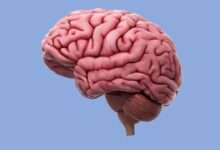
Some people are at higher risk of developing a food allergy. Also, risk factors favor its appearance.
Discover them here.
Food allergy: people at risk
- Children who suffer from eczema, asthma, hives or hay fever;
- those of whom one or both parents also suffer from one of these forms of allergy. Only 5% to 15% of people who suffer from a food allergy have no familial predisposition;
- obese children, possibly.
According to an American study involving 4,200 children, obese children are more at risk of milk allergy. The causal link between obesity and food allergies has not been demonstrated. It may be that the chronic inflammatory state present in obese people contributes to the development of allergies. There may also be a link between asthma and being overweight.
People at risk of anaphylactic reaction
- People who have already had an anaphylactic reaction;
- people who, in addition to having one or more food allergies, also have asthma, especially if the disease is poorly controlled;
- teenagers are considered more at risk. They tend not to inform those around them of their food allergies and not to have their adrenaline (epinephrine) auto-injector with them at all times.
| Remark. An unusual case shows that a food allergy can be transmitted by organ transplant 19 . A 42-year-old woman developed a peanut allergy (with anaphylactic reaction) after a liver transplant. The organ donor was allergic to this food. |
Food allergy: risk factors
It is difficult to know why a food allergy appears. A few risk factors are currently being studied.
Consult our Allergies fact sheet to learn more about the factors that could explain the increase in the number of people allergic to food or other types of allergens (pollen, latex, etc.).








